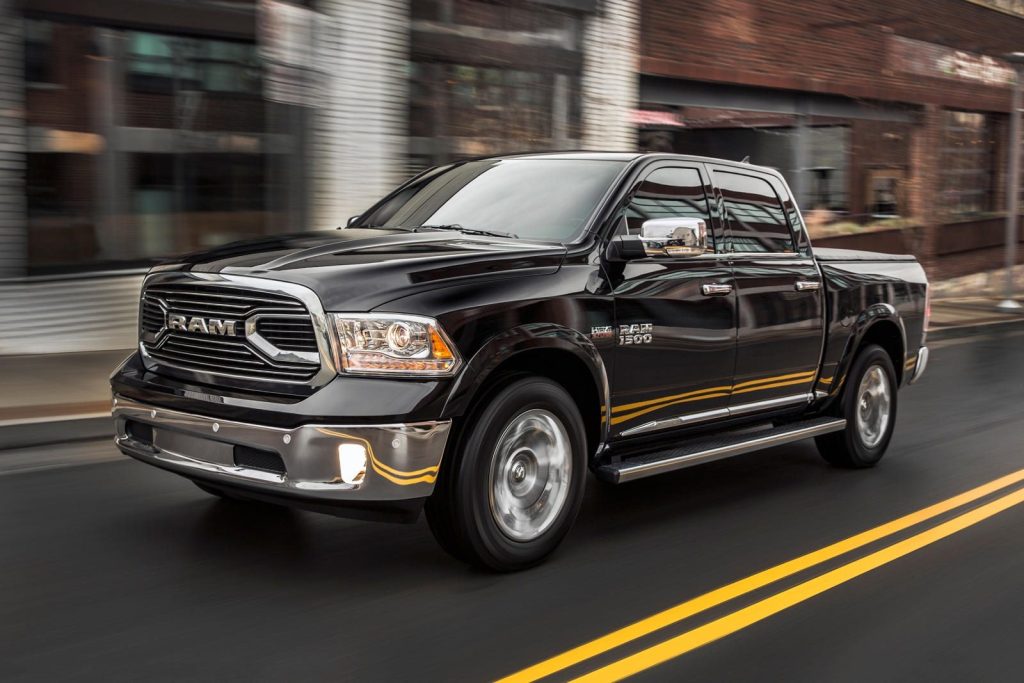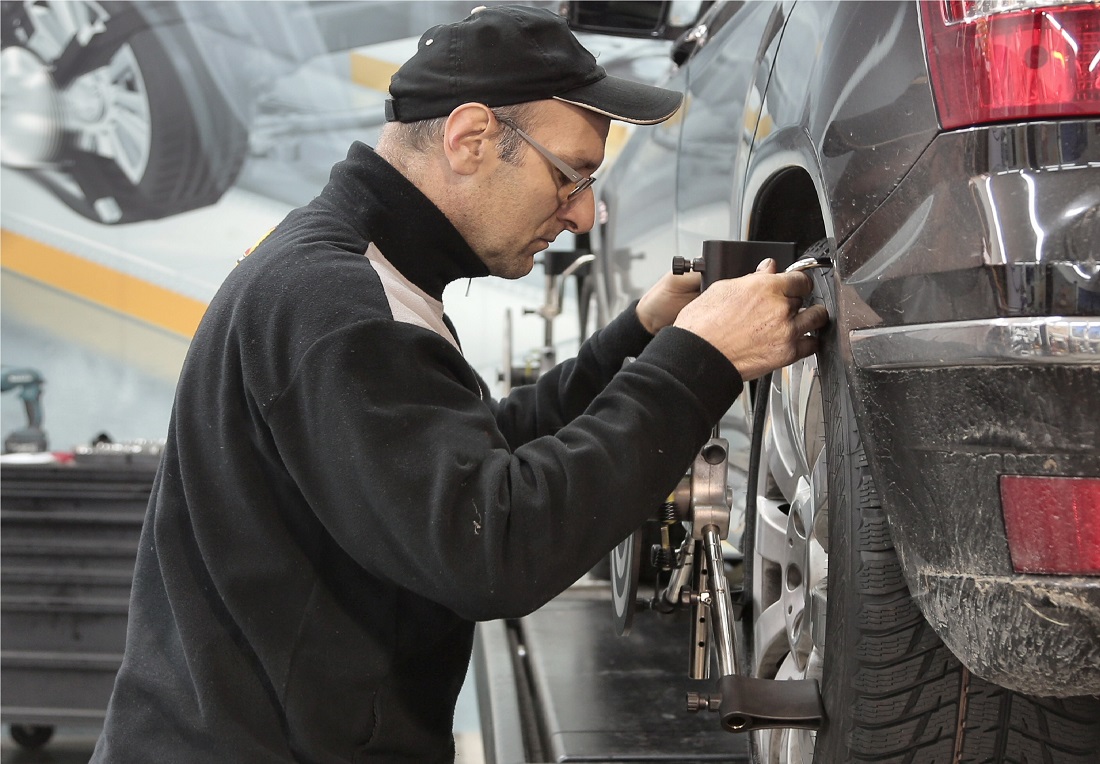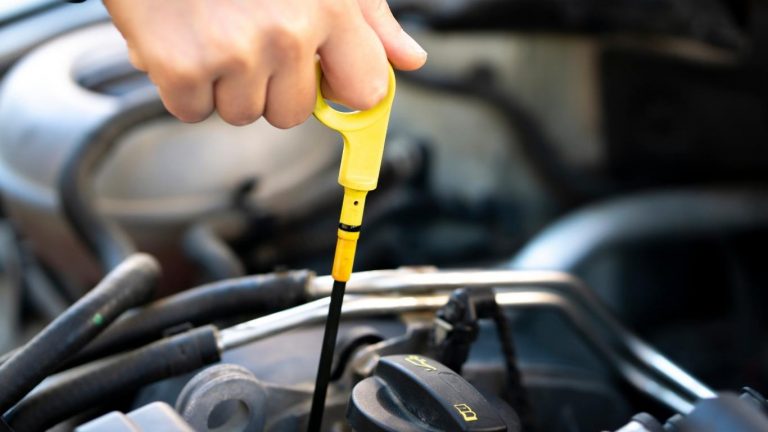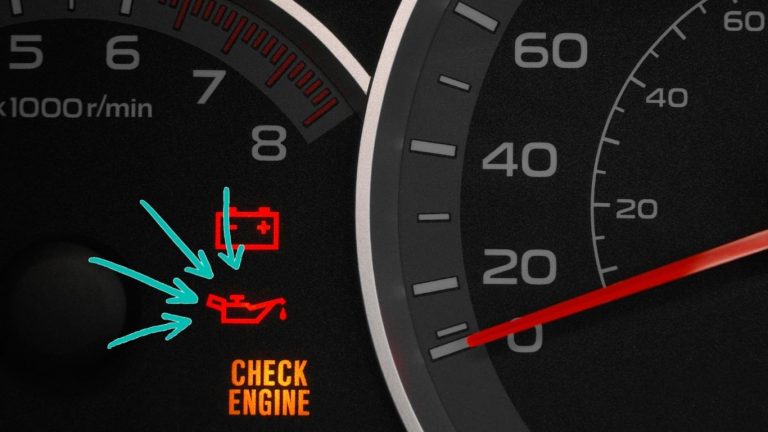Don’t Ignore These Signs: When to Schedule a Wheel Balancing and Alignment
Are you experiencing a rough ride, uneven tire wear, thumping noise, or difficulty steering your vehicle? This symptom may be a telltale sign that it’s time for a wheel alignment and balancing.
Proper alignment and balancing of your wheels are crucial for the safety and performance of your vehicle. Not only does it ensure a smooth ride, but it can also improve gas mileage and prolong the life of your tires.
Don’t ignore these warning signs and let minor issues turn into costly repairs and safety risks.
Keep reading to learn everything you need to (and that’s not a lot) about the wheel balancing/alignment so you can quickly tell when it’s time to schedule the wheelwork and keep your vehicle running smoothly and safely on the road.
When to do wheel balancing and alignment

When it comes to maintaining your vehicle, regularly checking the balance and alignment of your tires is crucial for ensuring optimal performance and safety.
But how often should you schedule a wheel balancing and alignment check?
According to Vatire, your wheel alignment and balance should be checked every 12,000-15,000 miles or once a year.
However, this can vary depending on factors such as the type of vehicle, driving style, and whether or not you have recently installed new tires. (Don’t forget to check out the best Ram 1500 truck tires here.)
Besides, it would be best if you kept an eye out for signs that your tires may require balancing or alignment. These symptoms can include vibrations in the steering wheel or floorboards, uneven tire wear, thumping sounds, and more (more on this in a sec).
Another critical time when you must be getting your wheels balanced and aligned (if need be) is when you install new tire/s.
The weight distribution of the new tires may not match the existing tires, which can cause uneven wear and other issues.
Last but not least, if you hit a curb, pothole, or any other obstacle on the road, it’s always good to check your alignment, as it can cause misalignment.
The telltale signs your tires need rebalancing.
Unbalanced tires can cause various issues for your vehicle, including decreased performance and safety risks.
It’s essential to be aware of the signs that indicate your tires may need rebalancing so that you can address the problem as soon as possible.

Some common symptoms of unbalanced tires include:
- Vibrations: One of the earliest warning signs of unbalanced tires is feeling vibrations in the steering wheel. Even a tiny difference in weight on the tire can cause a noticeable vibration.
- Unusual sound: Unbalanced tires can make unexpected and distinctive noises, such as hums, buzzes, or whizzing. These sounds often increase with an increase in speed.
- Leaning vehicle: Another sign of unbalanced tires is a leaning vehicle. It can be noticed when parking on a level surface.
- Pull on a side: If your car seems to drift to the left or right on a straight and level road, one or more tires are likely out of balance. It can be dangerous, making it harder to control your vehicle.
- Uneven tire wear: Unbalanced tires can cause uneven wear on your tires, which can lead to a need for early replacement. It’s a significant sign that tells you to schedule a balance job.
- Worn-Out suspension and steering components: Weather you notice it early or not, unbalanced tires can cause extra stress on your car’s suspension and steering components, leading to premature wear and tear and expensive repair.
- Decreased fuel economy: Yes, it can eat up your gas pretty quickly.
If you notice any of these symptoms, it’s essential to have your wheels and tires checked immediately.
The importance of balancing all four tires
Saving money is great, but when only some of the tires are balanced, it can cause uneven wear and tear on the tires, leading to a shorter lifespan.

It can also cause problems with the suspension and steering components, leading to costly repairs.
Besides, if only some of the tires are balanced, it can lead to a pulling sensation when driving, making it challenging to maintain a straight line on the road.
It can be a dangerous affair and increase the risk of accidents.
But when all four tires are balanced, the weight is evenly distributed, leading to a smooth ride with minimal vibrations.
It also helps to improve fuel efficiency and prolong the life of the tires.
How to balance tires
Tire balancing ensures that the weight of a tire and wheel assembly is evenly distributed, resulting in a smooth ride.
The process is typically done using a wheel balancing machine, which spins the tire to identify any heavy spots.
Once identified, weights are placed on the opposite side of the heavy spot to balance the assembly.
Some tire dealers and repair shops use road force machines, which simulate the weight and forces applied to tires and wheels during driving conditions.
It helps identify any issues you may not find with a traditional spin balance.
Wheel balancing vs alignment: Not apples & oranges
Wheel balancing and alignment are two critical services for maintaining the performance and safety of your vehicle.
Both services involve adjusting the wheels and tires to ensure they are correctly aligned and balanced, but they focus on different aspects of the wheels and tires.
Wheel balancing
Wheel balancing is the process of ensuring that the weight of the tire and wheel assembly is distributed evenly so that the wheel spins smoothly.
It is done by adding small weights to the wheel’s rim to counterbalance any heavy spots.
Usually, wheel balancing is required more often than wheel alignment, typically every 12,000-15,000 miles or once a year.
Wheel alignment
On the other hand, wheel alignment involves adjusting the wheels’ angles so that they are perpendicular to the ground and parallel to each other.
It is done by adjusting the suspension system, which connects the wheels to the car.
Wheel alignment is vital to maintain your vehicle’s steering and handling, and it should be checked if you notice your car pulling to one side of the road, your steering wheel tilting off-center or uneven tire wear.
Tips to prevent the need for frequent wheel balancing/alignment

- Avoid driving over potholes and other obstacles in the road as much as possible, as these can cause damage to your wheels and suspension system.
- Check your tire pressure regularly, and ensure it is at the proper level recommended by your vehicle’s manufacturer.
- Rotate your tires according to the manufacturer’s schedule, usually every 5,000 to 7,500 miles.
- Keep an eye on your wheels and tires for signs of wear or damage, and have them checked by a professional if you notice any problems.
- Maintain your vehicle’s suspension regularly, including checking and replacing worn-out suspension components.
- When you buy new tires, have them balanced and aligned as soon as possible.
- Inspect your tires for any signs of uneven wear, which could indicate that they need to be balanced or aligned.
- Regularly check your car’s alignment, especially if you have hit a big pothole, speed bump, or other obstacles.
Over to you!
Remember that balancing and alignment is not a one-time thing and should be done periodically to ensure the safety and performance of your vehicle. Both wheel balancing and alignment are vital for maintaining the performance and safety of your car.
It’s best to have both services performed regularly to ensure your tires wear evenly, your vehicle handles appropriately, and your fuel economy is optimized. Ignoring to get these services performed can cause uneven tire wear and poor fuel economy and can even be dangerous.








